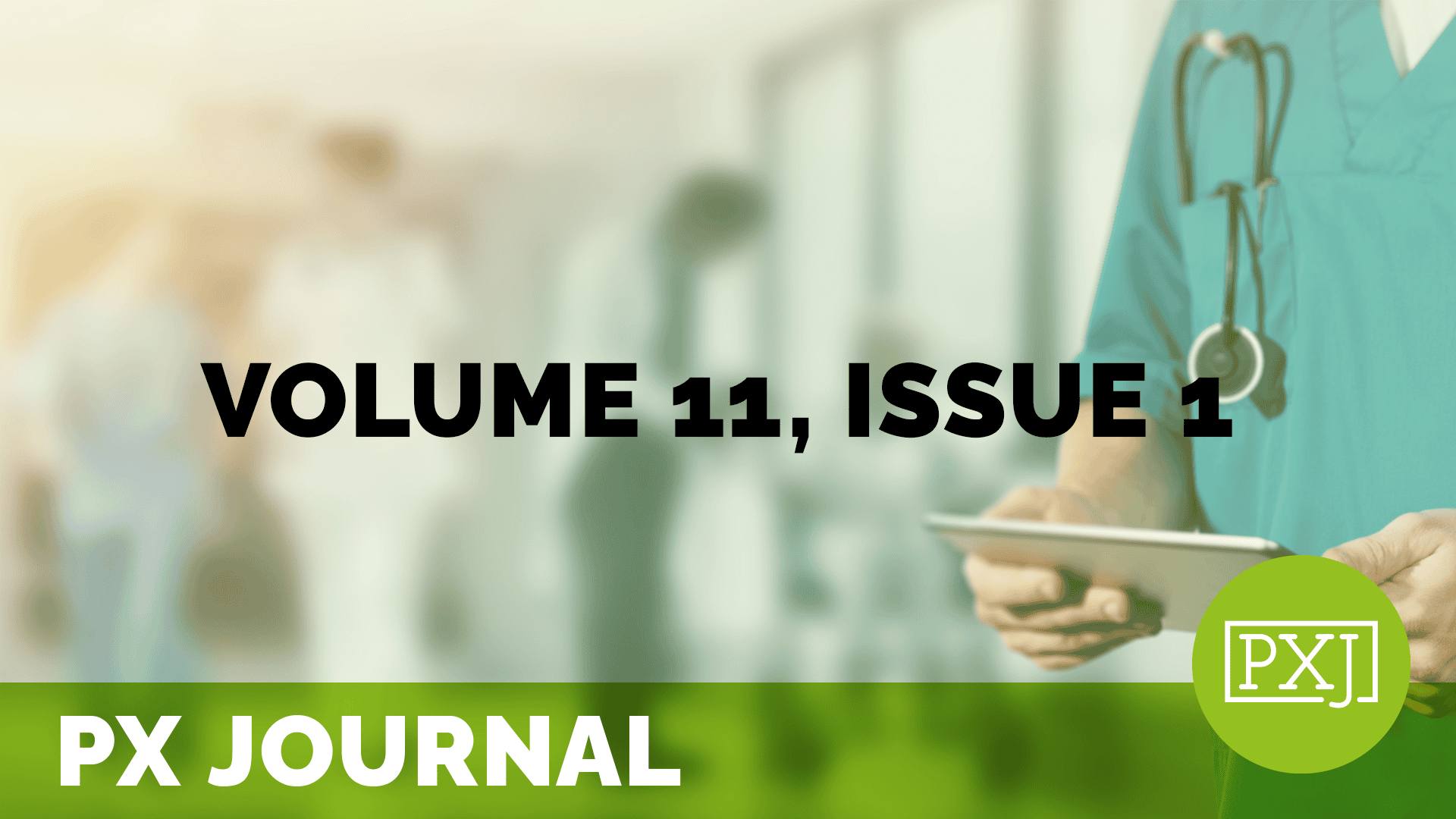Helping Patients Navigate the Emergency Department: Assessing the Utility of a Poster Illustrating the Patient Journey

Patients often have limited understanding of the emergency department (ED) care process, which can increase anxiety, frustration, and confusion. This study implemented and assessed the usefulness of a poster explaining the ED care process. A large wall-mounted poster illustrating the patient journey was developed; two different data collection techniques were used. First, a QR code/URL was used to passively collect patient reactions to the poster in 15 EDs. Due to limited response, a paper survey was developed and delivered by research assistants in three study sites using a consecutive sampling method. A total of 67 responses were collected from the QR/URL method between October 2017 and July 2021. The in-person survey collected 316 responses, of which approximately half of the respondents were women and the majority identified as white. Half of the respondents presented to the ED alone. Nearly 40% of respondents had noticed and engaged with the poster without prompting. Once prompted, the majority of respondents understood its content and over half found the information to be extremely or very helpful in preparing them for their ED journey. Respondents identified three additional key information needs: 1) real-time waiting times, 2) triaging scoring information, and 3) support on what to do while waiting. Patient journey posters may assist patients in navigating the ED care process. Exploring alternative delivery methods, personalizing materials and addressing wait times may increase usefulness. Reconceptualizing the waiting room as an opportunity for patient education and communication may alleviate patient fears and better prepare them for the ED journey.
Related content
-
 Patient Family & Community Engagement | Staff & Provider Engagement
Patient Family & Community Engagement | Staff & Provider EngagementCo-Creating Change Using Storytelling
During this webinar members of the Global Patient and Family Advisory Board (GPFAB) will demonstrate how telling stories instead of creating guidelines for healthcare professionals will improve patient outcomes. The GPFAB has created a unique storytelling guide that will help healthcare professionals understand the principles of sharing patient/care partner lived experience through storytelling and how
Learn more -
 Patient Family & Community Engagement
Patient Family & Community EngagementEfficacy of a Communication Toolkit to Optimize Palliative Care Communication in the Surgical Intensive Unit
Data demonstrates patients benefit from the experience of specialty palliative care providers for advance care planning and prioritizing quality of life, regardless of diagnosis or stage of illness. Despite these benefits, many intensive care units (ICUs) show low utilization of palliative care. The purpose of this study was to evaluate the ability of a bedside
Learn more -
 Patient Family & Community Engagement
Patient Family & Community EngagementAmplifying Patient Voices: The Voices of Experience Podcast at Tampa General Hospital
By Amber Washington At Tampa General Hospital, we believe every patient and family has a story worth sharing that hold the power to transform healthcare. That is why we created the Voices of Experience Podcast, an inspiring platform to amplify these voices, foster collaboration, and advance the conversation about patient-centered care. What Is the Voices
Learn more
